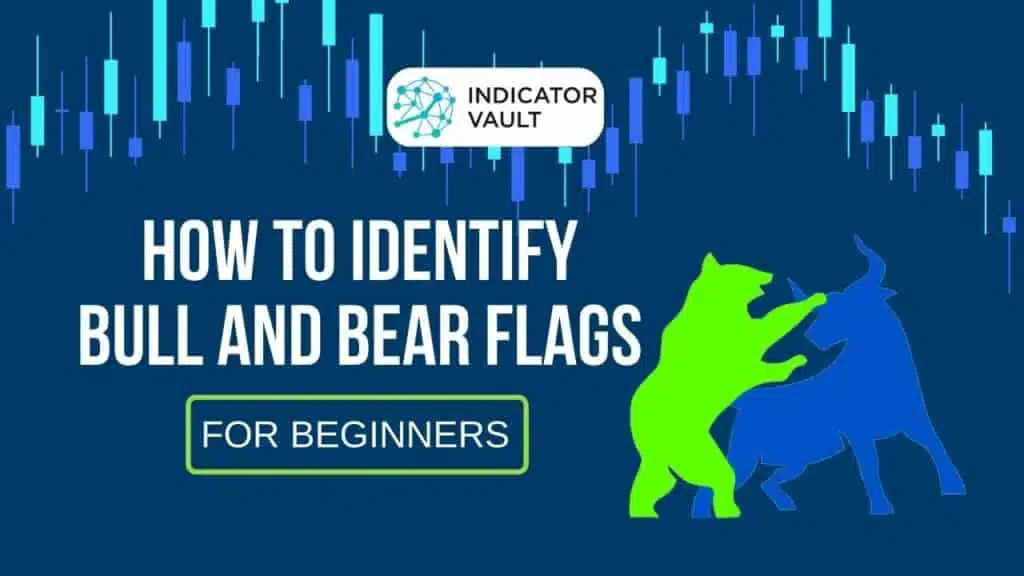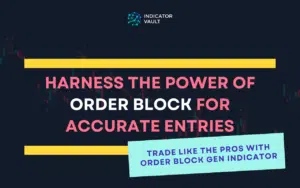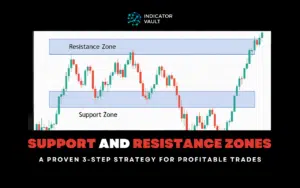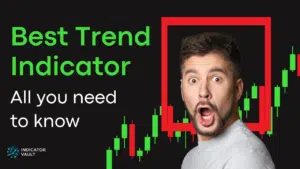Table of Contents
Bull flag vs bear flag patterns are two prominent concepts that crypto traders are always on the lookout for effective trading strategies. These candlestick patterns are invaluable for identifying temporary pauses in the market trend, allowing traders to enter or exit trades at optimal points. Understanding the bull flag vs bear flag patterns can significantly enhance your trading game, providing a valuable addition to your trading strategies.
But how do these patterns work? Let’s take a closer look.
1. What Are Bull Flag vs Bear Flag Patterns?
If you’re a trader looking to capitalize on market trends, you need to know about bull flag vs bear flag patterns. These candlestick patterns provide crucial signals for traders to enter or exit positions in either an uptrend or downtrend.
A bull flag pattern is characterized by a strong upward move followed by a brief consolidation period before the bullish trend resumes, providing entry signals for traders to participate in the trend. Meanwhile, a bear flag pattern indicates a downward price movement followed by consolidation before the continuation of the bearish trend.
The key difference between the two patterns is the trend direction: bullish flags occur in uptrends, while bearish flags appear in downtrends. Whether you’re a short-term or long-term trader, understanding these patterns is vital for making informed decisions in all financial markets, not just crypto. Don’t miss out on the opportunity to improve your trading game with these essential patterns.
2. Identifying the Bull Flag vs Bear Flag Patterns
2.1 The Bull Flag
Once you grasp the concepts behind bull flag vs bear flag patterns, spotting them becomes a simple task. For instance, when looking for a bullish flag pattern, start by identifying the flagpole, which represents the initial price increase. Next comes a period of consolidation, during which prices may fluctuate slightly downward or sideways. Finally, watch for a breakout and a continuation of the bullish trend, completing the pattern.
2.2 The Bear Flag
As the direct opposite of the bullish flag pattern, the bear flag pattern is relatively easy to understand. In this case, the flagpole is formed by downward price movement, followed by a period of consolidation that may move slightly upward or sideways. Finally, watch for the continuation of the bearish trend to complete the pattern.
Recognizing the inception of a trend is a challenging endeavor. Distinguishing between a market fluctuation that indicates a bearish downturn or a bullish surge, and a temporary correction known as a bull flag, requires a deeper understanding. To gain further insight, continue reading this Crypto Trading 101: Bull and Bear Flags article.
3. How to Trade the Crypto Bull Flag vs Bear Flag
While bull flag vs bear flag patterns aren’t present in every trend, they provide valuable opportunities for traders when they do appear. Every trader has their own unique approach to executing trades, resulting in varying methods for trading the bull flag vs and bear flag patterns. Nevertheless, a common identification method exists, which we’ll outline below.
3.1 Identify the Trend
With the descriptions we have made, identifying these essential candlestick patterns is a breeze. Keep an eye out for bull flag vs bear flag in either an uptrend or a downtrend, marked by a brief period of consolidation, followed by a breakout and continuation of the trend.
3.2 Wait for a Breakout
Traders often look for ways to enter a trend, and waiting for a consolidation breakout is one such method. This breakout can occur in either an upward or downward direction. In a bullish market, you would expect the breakout to be upward to continue the upward movement, while in a downtrend, you would expect the breakout to be downward.
A breakout in the opposite direction of a pattern indicates a shift in the market, potentially leading to a change in the trend’s expected direction. For instance, in an uptrend where prices are expected to rise, a downward price breakout could signal a shift in market sentiment, indicating that the trend is about to change.
3.3 Breakout Trading Strategies
Once a price breakout occurs, traders can start exploring opportunities for entering the trade. When trading breakouts, traders typically follow these steps:
Step 1: Identify Resistance and Support
A standard breakout strategy involves identifying key resistance and support levels, with traders waiting for the breakout to occur. To make resistance and support levels more apparent, traders typically use line tools to draw out the price range around the consolidation.
In a bullish move, traders expect the price to break the resistance level and continue upward. Conversely, in a bearish move, traders expect the price to break through the support level and fall.
Step 2: Look for an Entry Point
After the breakout occurs, traders start searching for potential entry points into the trend. There are various ways to accomplish this, with one common strategy being to wait until the candlestick that breaks the consolidation closes.
By using this strategy, traders exercise patience, refraining from executing trades right away. Instead, they wait for more price movement or employ technical indicators to obtain additional confirmation and determine where their entry point should be.
Step 3: Set Profit and Risk Levels
When trading bull flag vs bear flag, it is often advisable to set your stop loss inside or below the price consolidation zone since you do not expect the price to reverse back into the zone.
Although the profit target may vary based on different trading strategies and market conditions, traders typically use the length of the flagpole as a guide for setting profit targets. By measuring the length of the flagpole, traders can project a proportionate length within which their profit target should fall. This approach allows traders to set realistic profit targets based on the pattern’s size, providing them with valuable insights for their trading strategies.
4. Use a Combination of Tools
To enter and exit trades effectively, it’s essential to use a combination of tools, indicators, and candlestick patterns in your technical analysis and trading strategies. While bull flag vs bear flag are reliable candlestick formations, it’s crucial to conduct technical and fundamental analysis, along with sentiment analysis, to confirm your trading decisions.
It’s worth noting that candlestick patterns are not always as precise as expected. Don’t expect to see a perfectly-formed flagpole followed by a smooth consolidation range and continuation. The textbook descriptions are only idealized; in reality, you need trained eyes that can recognize these patterns under different market conditions.
Are you feeling overwhelmed by the complexity of trading?
Don’t worry – we’ve got you covered with our Indicator Vault. Our mission is to help you improve your chart analysis and trading skills, and we’ve developed a range of indicators to make trading more enjoyable, stress-free, and (hopefully profitable).
Get Instant Access To The ENTIRE Collection Of All Of Our Top-Rated Custom Indicators for TradingView.
5. Backtest Every Strategy
Bull flag vs bear flag are valuable continuation patterns that provide traders with entry points into ongoing trends. While these patterns are reliable across various market timeframes and financial markets, it’s crucial not to begin trading them without first gaining a solid understanding of how they work. Backtesting is an effective way to evaluate the strength of a trading strategy. Through a thorough backtesting process, you can gain insights into the best ways to use a strategy and the type of results to expect in real market conditions.
If you’re looking for some knowledge-trading articles or an update on our newest indicators, you can find them here:
What do you think? Do you know how to identify the up and down flags?
Comment below to share your idea!
Find this article useful? Share this blog with your friends on social media!
Interesting? Find out more about Indicator Vault in other articles:
Insider Secrets: 3 Trading Steps Professional Trader Needs To Know
Navigating The Forex Market: Overcoming The Top 5 Challenges Every Trader Faces
Bull Market And Bear Market| Top 3 Differences You Must Know!





